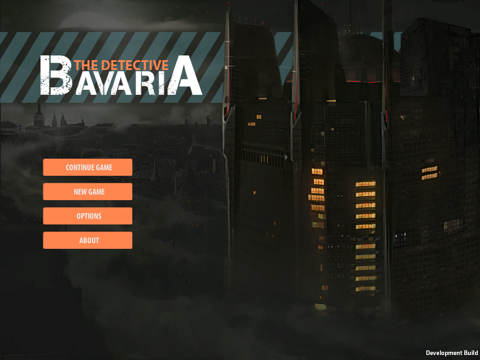
The Detective: Bavaria
Разработчик K20 Center - University of Oklahoma
About the Game
------------------
The Detective: Bavaria is an engaging and fun way to build skills in data interpretation. In The Detective: Bavaria, you’ll encounter real-world data interpretation tasks such as identifying qualitative and quantitative data, identifying primary and secondary sources, and discerning the implications of data and how it affects a hypothesis.
The game is set in a modern version of the world of Mary Shelley’s Frankenstein. As a rookie FBI agent, it is your job to solve the mysteries surrounding Frankenstein Biomedical Lab in the village of Ingolstadt. In each of the four scenarios, you must focus on collecting, evaluating, and using information. You will need to correctly evaluate clues to determine their relevance to the hypothesis, as well as the weight of their implications. In order to win the game, you must collect and interpret enough information to guide you to the correct conclusion.
Learning Goals
------------------
The Detective: Bavaria is designed for students grade 9-12. It is aligned with national educational standards for literacy.
The purpose of The Detective: Bavaria is to teach students how to interpret information in real-world situations and come to informed conclusions. Students must learn to discriminate between types of data, understand the different types of sources, and develop the ability to determine the implications of information. Being able to analyze data in this way gives them the ability to combine information from multiple sources to draw conclusions to succeed in the game and in the classroom.
• Collect Information: Students need to seek out and evaluate information from multiple sources to become better informed about a problem.
• Evaluate Information: Students will need to discern the implications of qualitative and quantitative data and differentiate between primary and secondary sources. By determining these attributes, they can decide if a clue is relevant to their investigation and rate its impact on supporting or opposing the given hypothesis.
• Qualitative Data: Anything that cant be measured. Colors, pictures, smells, descriptions, and opinions are all examples of Qualitative data.
• Quantitative Data: Anything that can be measured or expressed in numbers. Length, height, area, speed, and cost are all examples of Quantitative data.
• Primary Sources: Direct observations and measurements taken by someone who was there.
• Secondary Sources: Secondhand information. Whenever someone writes about someone elses work or writes down someone elses story in their own words.
• Use Information: Students will need to analyze the information they collect and organize it to select the information most relevant to the hypothesis. This will be done by rating clues based on their relevance and how strongly they affect the scenario’s hypothesis. The game will graph these ratings to give students a visual representation of the trends in their collected data. At the end of each scenario, students will be required to answer the final assessment question by drawing conclusions from their gathered information.



